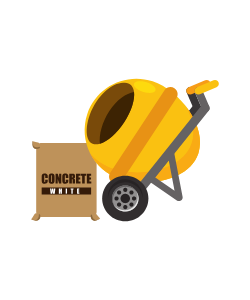Concrete Repair Methods That Might Fix Your Sinking Garage Floor
If the concrete floor of your garage is sinking in one area, the soil underneath the sunken area is probably washed away. To fix this situation, you may need a concrete repair contractor to fill in the void created by the lost soil and raise the slab back to its original level. This can be done through polyjacking or mudjacking. Here's some information about how this process works and why these repairs should be done.
Why You Should Repair A Sunken Slab
The garage may be separate from your house, but you still want to repair problems with the floor. If the sinking is bad enough, the concrete could crack, and that might cause problems with water seeping into your garage.
Also, your garage itself may start to lean, or the worktables and shelves in your garage could become uneven. If the sunken area is in the middle of the floor where your heavy car drives over it, the risk of more serious damage to the floor increases. Cracks in your garage floor can be trip hazards and difficult to repair if the floor isn't level.
How A Sunken Garage Slab Can Be Repaired
The concrete repair contractor will assess the damage and list all that has to be done. There may be cracks to fill and repair and concrete to be lifted. These repairs are less expensive and disruptive than busting up the old floor and pouring new concrete.
Lifting concrete involves drilling holes in the slab so polyfoam or cement slurry can be pumped under the concrete. As the mixture fills the void in the soil, it also lifts the sunken part of the slab. This procedure can be very precise so the slab is level when finished. The mixture then hardens underneath the garage floor and provides stable support for the slab.
The final steps in this process include filling and sealing cracks and then sealing up the holes used for lifting the slab. This process can be carried out without too much disruption, but you'll probably need to clean out the garage so the contractor has room to work.
Your contractor will explain the differences between polyjacking and mudjacking and the advantages and disadvantages of each. Polyjacking uses expanding foam and smaller drilled holes. Mudjacking needs larger holes, but it's less expensive. Mudjacking might be better for a large sunken area due to a lower price, but the higher price for polyjacking might be worth it in some cases if you want lighter material that lasts longer.
For more information about concrete repair, contact a local contractor.

